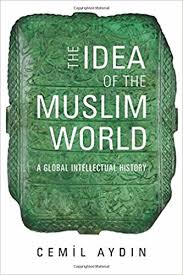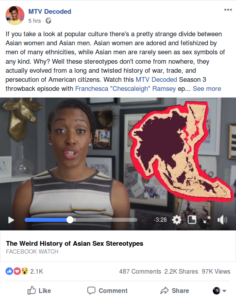Happy Independence Day to India. Jai Hind and I will share Vidhi’s important tweet-thought on it:
Otherwise I was reading this article How the Tricolour and Lion Emblem Really Came to Be and then looked at another article, Growing Up in a Muslim Family That Didn’t Fit Any Stereotypes, by the same author, Laila Tyabji. She’s a proper Nehruvian (like Maulana Azad) but this passage struck me:
The khandaan she came from comprised the huge, extended clan of Futehallys, Hydaris, Alis, Latifs, Fyzees and Tyabjis – convolutedly inter-related in the best multiple Muslim tradition, all part of the same vast Suleimani Bohra tribe from North Yemen. Liberal, emancipated, proudly Indian – rather unconventional, given the times. Even in the late 19th century, all the women were educated and at least bilingual. Love marriages were the norm, often to similarly brought up cousins. Despite the khandaan’s standing and wealth, they were not in demand as daughters-in-laws. Perhaps, because their outlook and upbringing were so different from more conventional Muslim families.
Though different branches of the family prided themselves on their distinctive characteristics, (the hawk-nosed Alis versus the pakoda-nosed Tyabji’s) they agreed utterly on the really important issues. Opting for secular, multi-cultural India, for instance, rather than the monotheistic claustrophobia of Pakistan. My mother’s branch of the family included ‘bird man’ Salim Ali and the Hamid Alis – he, one of the early Indian civil servants, she, (Sharifa), a redoubtable social worker; both central figures in UP cultural and intellectual circles.
The author is distantly related to actress Aditi Rao Hydari. The status of Indian Muslims is fantastic since they simultaneously occupy the under class and upper class; I can’t think of a similar social-religious class anywhere else in the world.
People often compared my mother’s fine-boned delicate looks to a Mughal miniature. But she was also brave, resolute and principled. Married to a charismatic forceful personality 11 years her senior, she held her own and became his moral compass, the moving centre of our home. When my parents’ house was attacked and ransacked during the Partition, she sent us children away, but herself refused to leave my father, going off every day to work in the refugee camps at Red Fort.
Our ancestors had arrived in India three centuries ago, landing in Cambay from Yemen in search of religious freedom. The women never wore burkhas, though they covered their heads with lace or embroidery edged chiffon.
My great-grandfather Badruddin Tyabji the first, who later became the first Indian chief justice of the Bombay high court and third president of the Indian National Conference, and his brothers, sent all their children to either the UK or Europe to study, including their daughters. There are lovely pictures of them in hats, voluminous Edwardian skirts and leg of mutton sleeves in London, not a burkha or hijab in sight! Returning to India, they readily gave up their elaborate ornamented satin lehenga ordnis for khadi sarees at Gandhi’s call, joining the freedom movement, taking up social and political activism.
Also I have noticed that most “pro-Indian” Muslims have always been the ones that were most sure of their foreignness. It’s a bit like Parsi Privilege the Parsis will crow about being Indian because in a very fundamental way they are not Indian. In the same way it’s always been the convert classes that are the most keen on Muslim identifiers to mark them off from their origins.
I can imagine in an alternative reality if the Indian Muslim population was merely made up of the “foreign class”, which would have been a few million at best, they would have been as treasured and fawned up as the Parsis.
Finally:
As I was leaving for the colloquium on Muslim women, my goddaughter Urvashi asked where I was going. When I told her, she said, “Why do we have to give people labels and divide them up into communities? I think it’s so unnecessary.” She has a point. Hopefully, as typecasting stops, the relevance of labeling us by communities too will become a thing of the past.
Urvashi sounds like a Hindu name and this idea of why can’t we simply be one community sounds like majoritarianism. It’s a bit like the civil code; drowning the minorities into the national framework. I have no real thoughts but simply notice the patterns.. Laila Tyabji sounds like an interesting chick and reminds me of that upper-class girl who chooses the unorthodox route but gains respectability with age.



